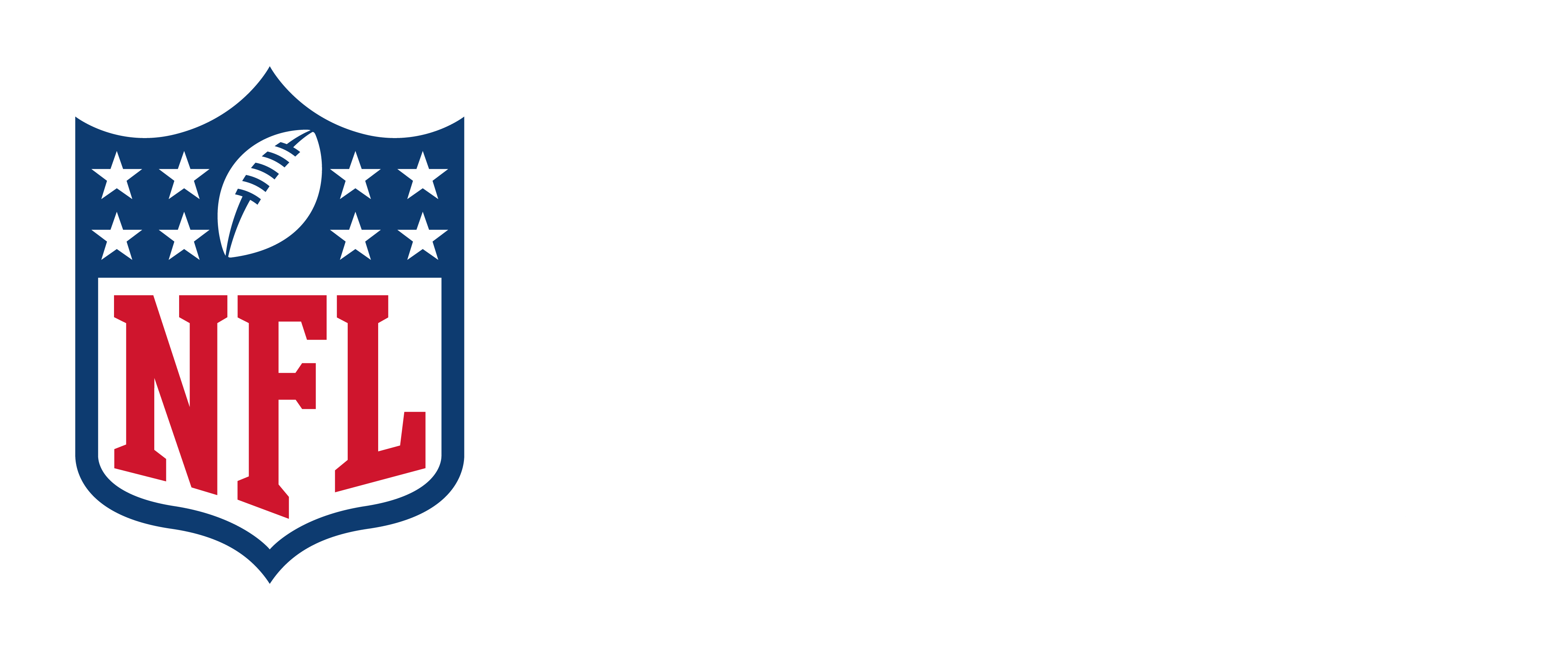On October 25, 2021, after two years of research, development and deliberation, the $3 million competition to create better helmets and improve player safety came to a close. The innovations generated by the NFL Helmet Challenge â advancements driven by engineers as well as data and material scientists â are expected to land on NFL fields in coming seasons.
Three teams â Kollide, Impressio and Xenith â were awarded a total of $1.55 million in grant funding to advance their designs and help the teams bring their technologies to players on the field as soon as possible. The trio of awardees was selected from among 13 entrants by a panel of judges that included two NFL Legends and an array of experts in the fields of engineering, biomechanics, neurology, and sports business.
Here's a look into the labs of Kollide, Impressio and Xenith and the technologies that are driving the future of football helmets:
Kollide: Rethinking the Helmet from Scratch
Montreal-based Kollide, a consortium of academic researchers and startups, was awarded $550,000 for its helmet prototype. The design features 3D-printed pads embedded in a mesh lattice structure surrounded by an easily-deformable shell â all meant to increase the amount of force from impact that is dispersed before reaching a players' head.
"Our helmets are made of 95 different pads with mesh inside and every pad is different; each mesh is optimized to absorb a different type of impact that a player can receive during a game," Kollide research coordinator âȘFranck Le NavĂ©aux explained.
The Kollide researchers were largely unfamiliar with the sport of football when beginning the project. They say that allowed them to approach the research with a new perspective.
"We didn't have any experience in designing helmets, or producing helmets," Le Navéaux said. "So, we came with fresh minds to tackle this challenge."
Impressio: Developing a Unique Elastic Material
Impressio, a Denver-based startup launched in partnership with the University of Colorado Denver, was awarded $454,000 for a design that harnesses its revolutionary liquid-crystal elastomer (LCE) material.
"It's unique in that that it's highly energy-absorbing, it's highly rate-dependent, and it can mimic a lot of the natural tissues in your body, such as the cartilage or even muscle," Impressio President and CTO Chris Yakacki said of the LCE material. Yakacki dubs the material an "anti-flubber" since it's a rubber that does not bounce.
When embedded in a 3D-printed lattice structure in a helmet liner, the LCE material can work in tandem with 'buckling columns' of material to dissipate energy during helmet impact.
"None of the materials that we put on the inside are used in a commercially-available helmet right now," Yakacki said. "These are brand-new materials that have never been used before."
Xenith: Taking Helmet Manufacturing to the Next Level
Detroit-based Xenith, Inc. was awarded $496,500 for its prototype, which was created in collaboration with RHEON Labs (London, UK), BASF 3DP Solutions (Heidelberg, Germany) and University of Waterloo (Waterloo, Canada). With models currently in use by NFL players, Xenith is the only full-time helmet manufacturer to receive grant funding.
Like the other awardees, the design makes use of a lattice carrier into which energy-dampening materials are embedded. The Xenith helmet features a variable-stiffness outer shell, which is soft in some areas and more rigid in others. Inside, the porous lattice structure was designed with player comfort in mind.
"What we can do through research, collaboration and developing innovative products, it really shows what the future of Xenith could be," said Ron Jadischike, Xenith's chief engineer.












